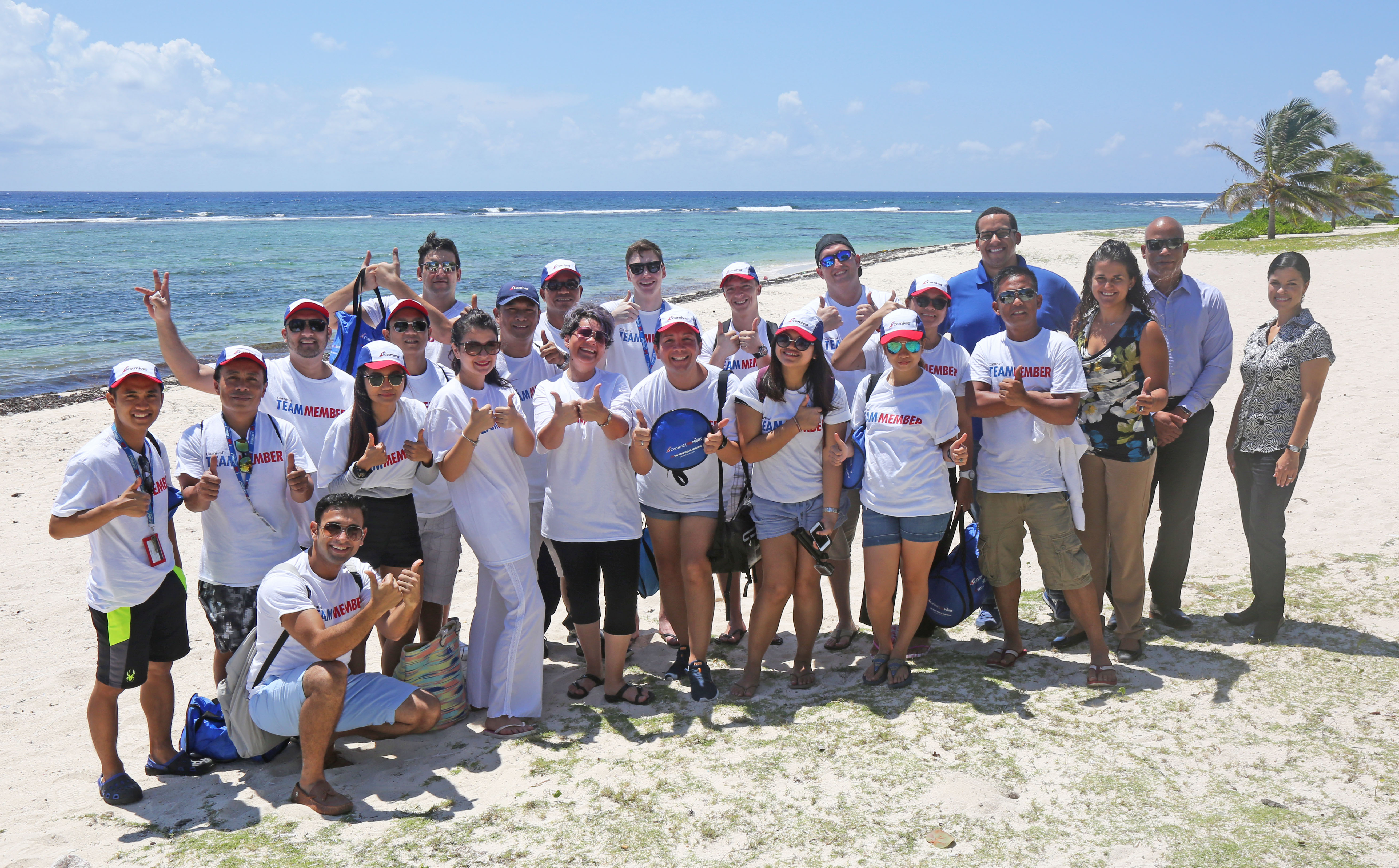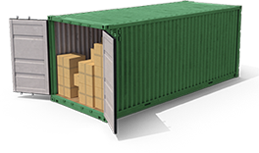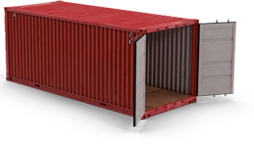Over the past several weeks there have been a number of marine related thefts where boats and other marine equipment have been stolen. Police are investigating these incidents and have been fortunate in making some recoveries. However, it is the Joint Marine Unit’s intention is to advise boat owners to better secure their property. Although marine related thefts are not limited to these two categories, we see a trend of fast boats capable of reaching neighboring countries being targeted and boats with small engines which are relatively easy to remove.
MARK IT:
Permanently mark or engrave your boat, your trailer, all your equipment, electronics and personal items which you use regularly on your boat with your vessels hull identification number (HIN). Your boat of course, unless manufactured prior to 1972, will already have HIN on the transom. Permanently mark your phone number in a location that is not readily accessible or noticeable. The same should apply to the trailer. Perhaps mark/engrave your boat’s HIN and your phone number on the underside of the tongue or frame. As for your equipment, electronics and other items, use some method of permanently marking them as well. Consider a security marker only visible with a black light.
It is also a good idea to take a hull rubbing of your HIN. By using a sheet of thin paper and tape it over your HIN number on the transom. Using a soft leaded pencil, rub back and forth across the number lightly until in shows up clearly on the piece of paper.
RECORD IT:
Make a complete inventory of your boat, trailer and equipment. List all electronic gear, binoculars, out board engines, PFDs, fishing equipment etc. by brand, model, and serial numbers if available. Also record your boat by make, model, and HIN number. Be sure to record the license number of your trailer.
Keep this master inventory list at home and keep a copy for reference in a hidden place on your boat in case you find something missing.
PHOTOGRAPH OR FILM IT:
Take photos or a video of your boat, trailer and equipment from all angles. Keep copies at home in a safe place.
ARM IT/TRACK IT
Consider an alarm system or tracking device. Self‐contained systems are inexpensive and can be purchased at most marine stores. Be sure to choose a system specifically designed for boating use. The damp and constantly moving marine environment puts demands on the alarm/tracking system requiring special sensors and properly protected location. Systems not designed for marine use may malfunction or report false alarms. Be sure, if you have an enclosed cabin, to include a smoke detector in your alarm system.
SECURE IT:
Boats should be covered and secured as completely as possible. Ignition switches should be locked and additional steps such as installing a hidden “kill switch,” hidden fuel shut off or removing motor parts should be considered. Boats on trailers are easy crime targets if thieves can just hitch up and drive away. Here are several ways that you can help prevent that:
- If possible, store the boat and trailer in a locked garage, secured boat storage facility.
- Keep the boat well inside your yard, preferably out of sight.
- In a carport or driveway, park a vehicle in front of the trailer, blocking easy removal.
- For any type of outside storage, remove at least one wheel from the trailer. Especially if you plan to be off island.
- No matter how you store your trailer, get a trailer hitch lock.
- Some trailers are available that allow you to remove the forward part of the tongue which contains the hitch.
- Use a high‐security chain and good quality lock to secure the trailer axle or to a fixed object.
STORE IT:
Obviously your best option is to remove all equipment from your boat and store it in a secure place. Consider removing the chip from your boat’s GPS. Ensure locking hatches and opening ports. If your boat doesn’t have them, or they are broken, these can be purchased at any marine store. When possible, valuable and easily removed items should be secured below deck in a locked compartment. Lockers should be equipped with nonremovable hasps and hinges and secured with padlocks. Lock outboard motors and fuel tanks to the boat. When your boat is left unattended, close the window curtains if you have them so people cannot “window shop.”
If your boat is kept in the water at a dock, consider chaining it to the dock. Also, get to know your neighbors on your canal.
INSURE IT:
Insurance is an important part of any theft protection plan. Unfortunately, it’s sometimes seen as a substitute for security precautions.
REPORT IT:
What should you do if you are a victim of marine theft? Immediately report your loss to the police, your insurance company and neighbors. When a loss occurs, the ability to positively identify property is crucial to its recovery and the prosecution of thieves and dealers in stolen goods. This is where photos and markings become extremely important.
By following the above recommendations you may reduce the risk of loss of your boat, trailer or equipment to theft.
Be cautious when buying a boat or running across a “good deal” on equipment.
If your boat is for sale, be mindful that not every interested person is a genuine buyer.
Inspector Leo Anglin
Joint Marine Commander
Royal Cayman Islands Police Service






